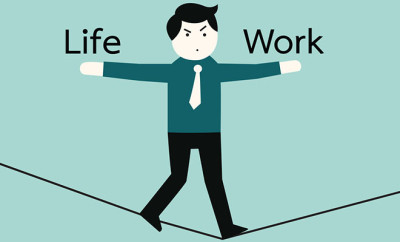
Stop with the Details!
How many times have you been in a meeting and the person who is speaking says something, and you have no idea how they came to that decision?
You may not feel comfortable to ask how they came to their conclusions, so you sit there nodding or saying nothing. However, the cost is that you really can’t assess what is being said or provide an appropriate response because of missing background and contextual information. This means that the time of all the people in the meeting is being wasted and less productive.
I work with a lot of smart people, including technical professionals such as engineers and internet technology specialists. The common theme is they are required to increase their skills beyond being a ‘subject matter expert’ in their chosen field, to being able to communicate their ideas effectively to others. They have to obtain information from others, create rapport, advocate for their ideas, demonstrate they are listening, build supportive networks of people, and excel at leading and inspiring people to achieve outcomes.
One of the traps technical professionals often fall in to is providing more information to non-technical people than they need to know in that moment. Unless more information has been specifically requested, this will only push people away and leave them frustrated and confused. Instead of more information, they often need to be provided with appropriate context.
Context is the set of surrounding circumstances that helps to make sense of an event or an idea. You see, we live with the information we’re processing for hours, days, weeks or months. Then when we communicate that information with others we do one of two things; we give the topline without any explanation. Or we give all the background information we can possibly think of that went in to making that decision. Neither is usually as effective as providing an appropriate amount of context, usually in 1-2 sentences.
An Example of Context
Let’s say you are in a ship and encounter a blip on your radar. You make contact with the blip and ask them to change course to avoid a collision. They refuse. You get more incensed and insist they move course. They again refuse. You get so mad that you assert your authority and insist they shift course. They then say they are a lighthouse and aren’t moving anywhere. Ooops!
If you’d known from the beginning that the blip was in fact a lighthouse, you would have had enough context to understand that you needed to change direction, and fast! The lighthouse operator may have not offered this context because they assumed that the captain would see on their radar that they weren’t moving. For whatever reason, that wasn’t the case.
Recognizing the Symptoms of Lack of Context
When you encounter resistance, or you feel frustrated at a response, that is a good time to stop and ask for some context. “Hey, Mr Blip, can you give me a bit more context as to why you aren’t willing to move? Oh, you’re a lighthouse. That wasn’t showing up on our radar. We’ll change course immediately.”
See how easy it can be? We can simply ask for more context, so we understand where the other person is coming from. If you’re afraid to ask for more context in a meeting for fear of looking silly – well, that’s the subject of another article. The more likely scenario is that if you are missing context, then others probably are too. You will be doing everyone a huge favor by asking for more context, rather than sitting there and stewing in your own thoughts.







